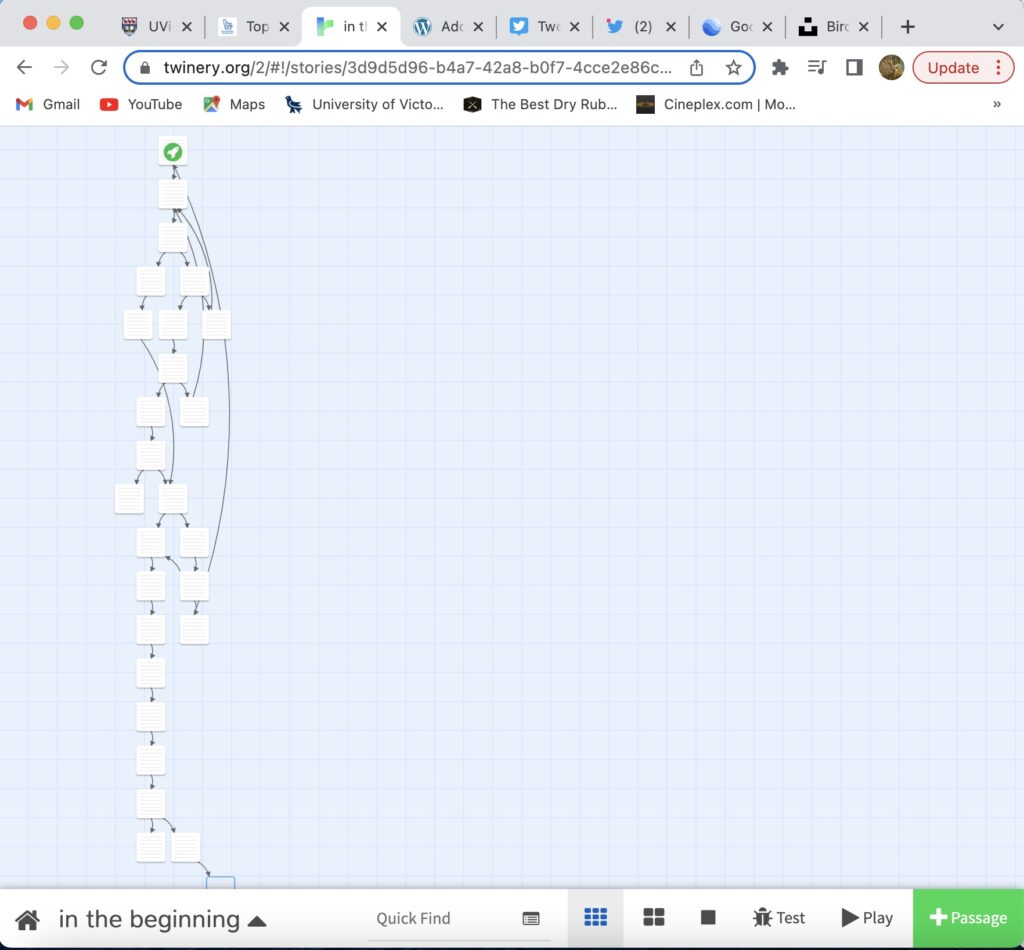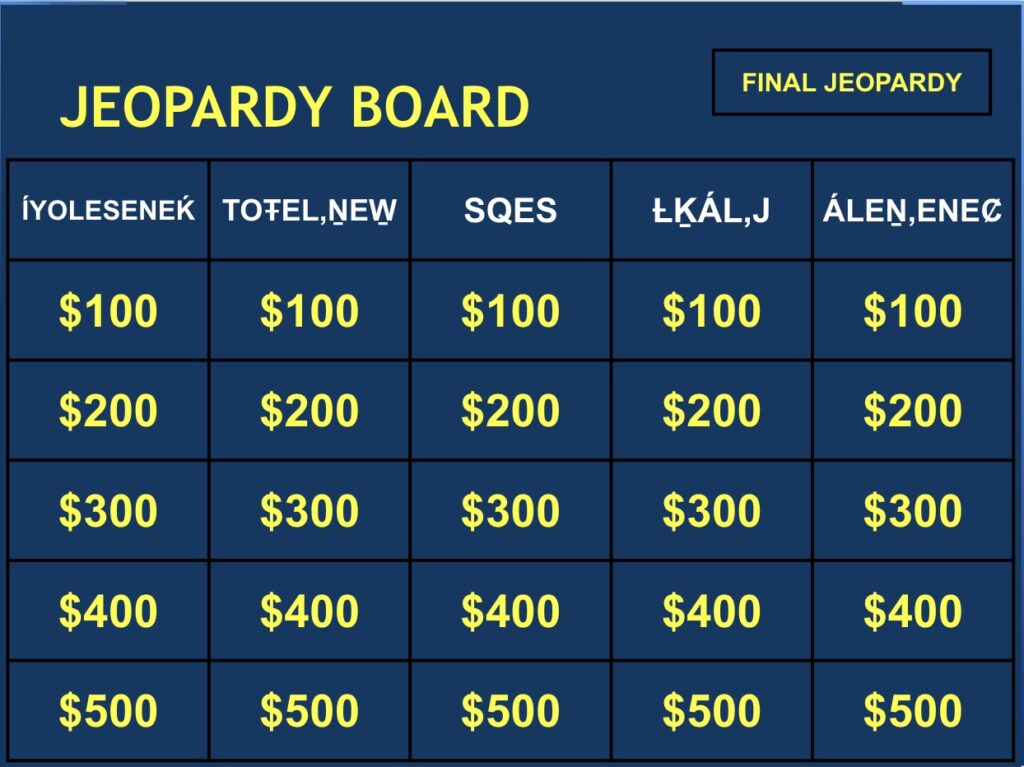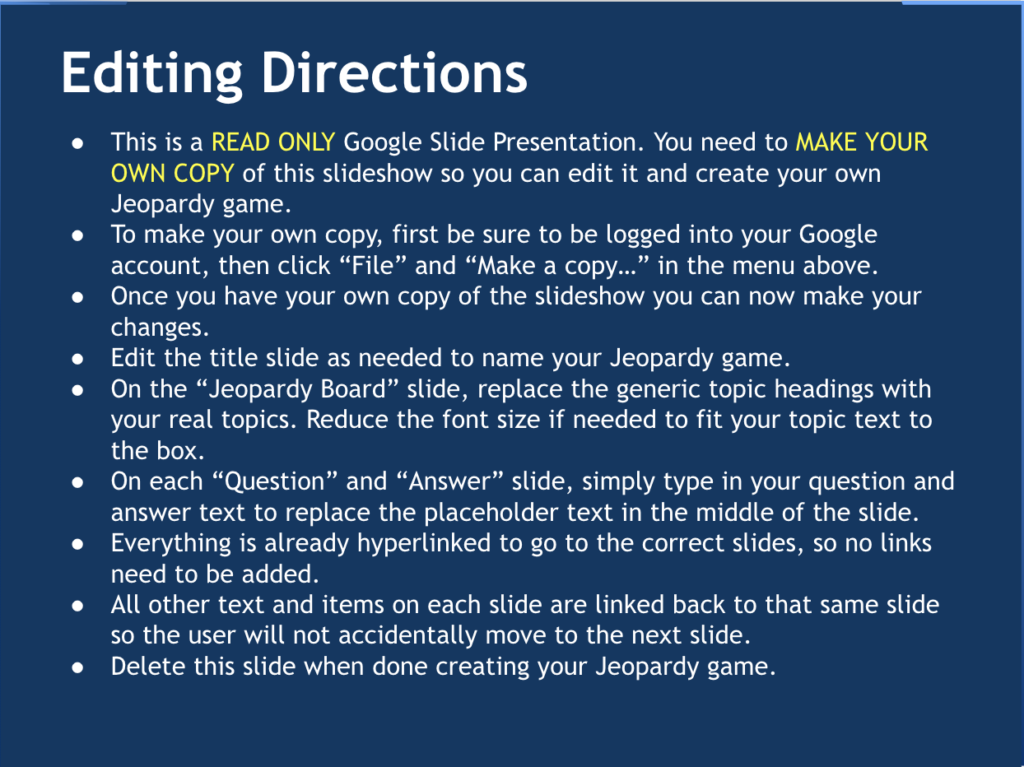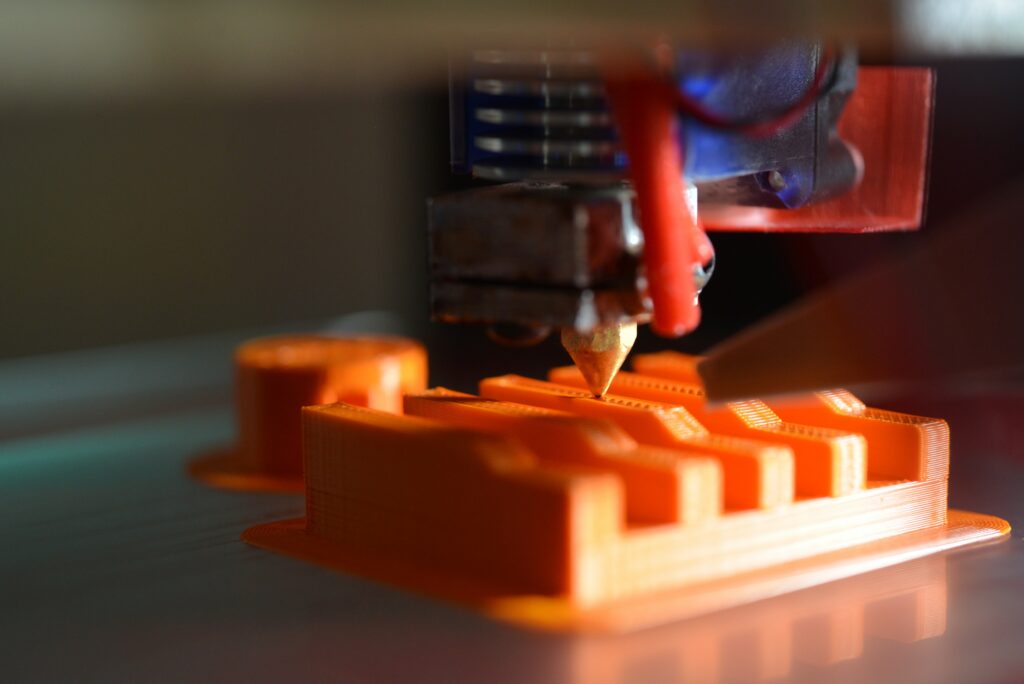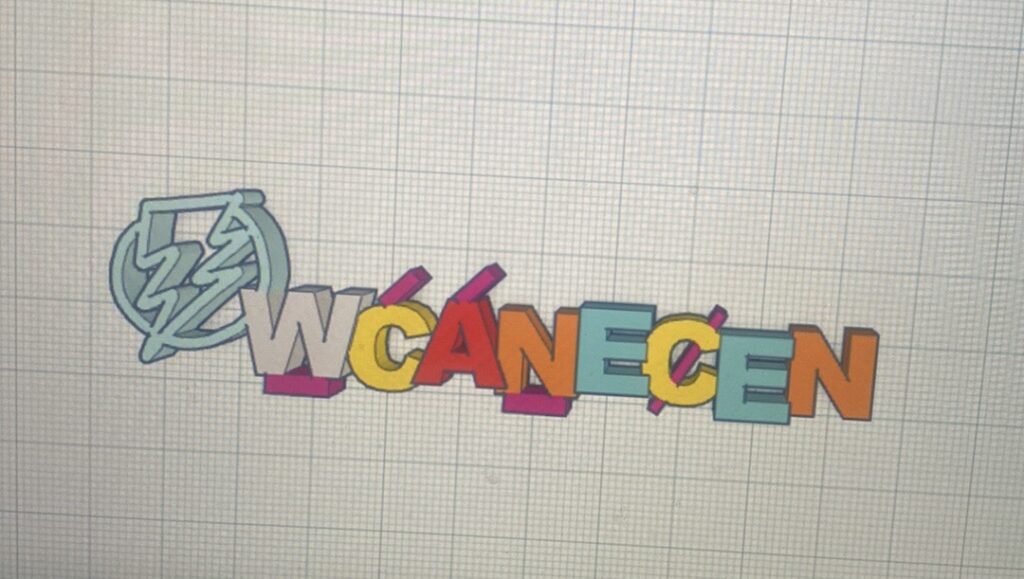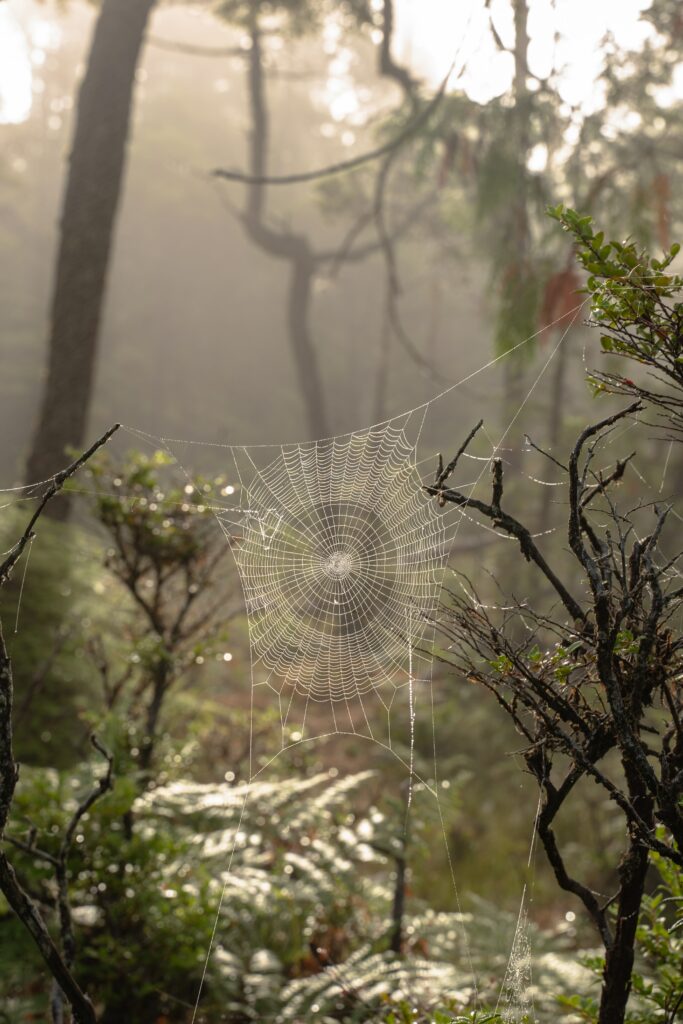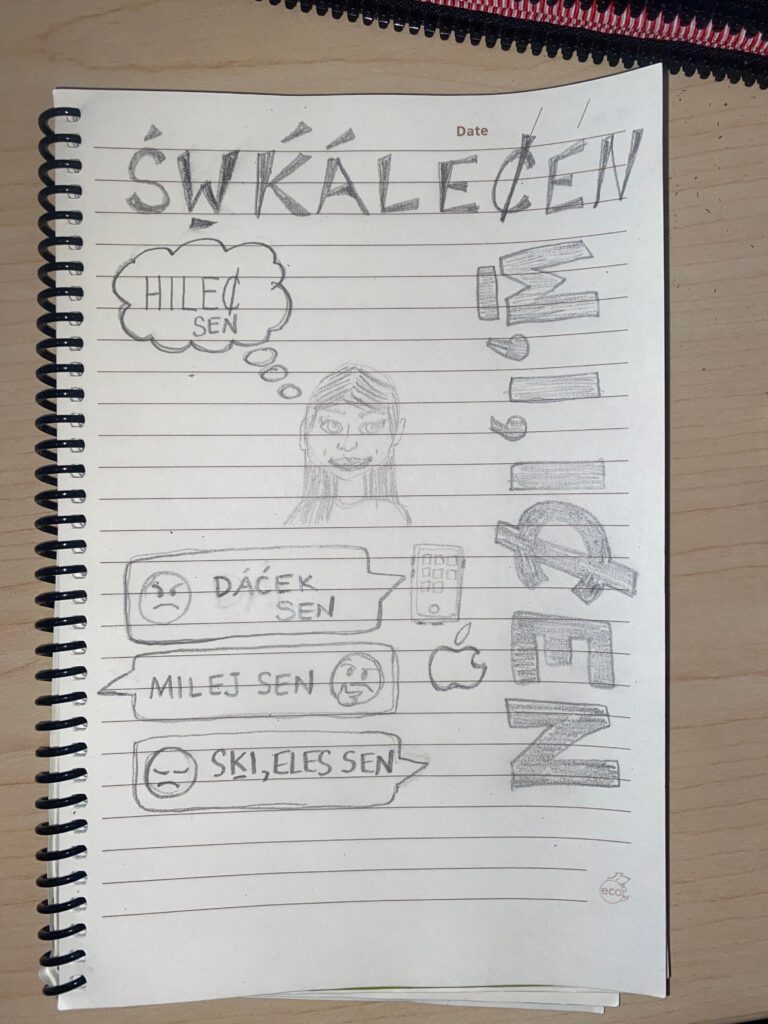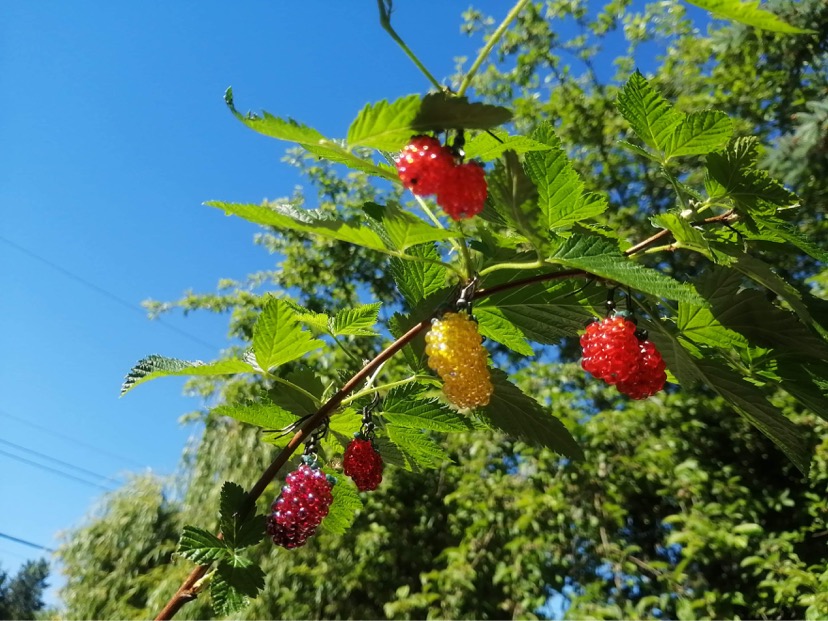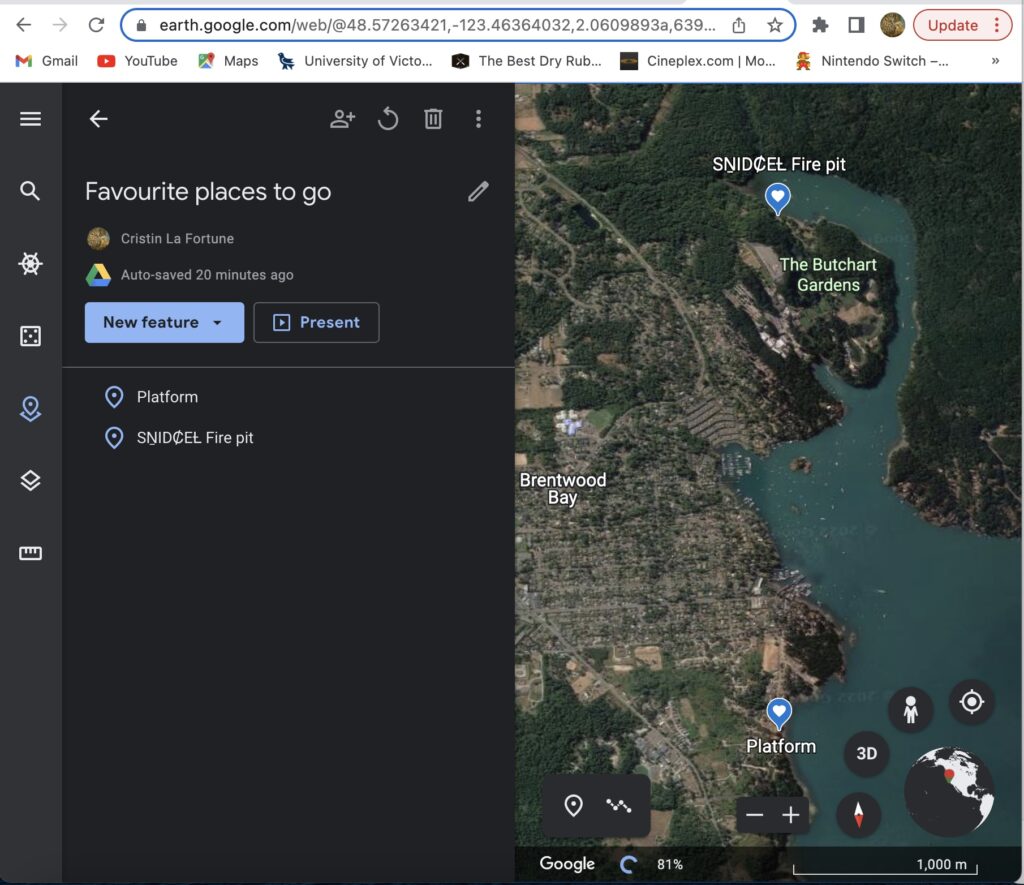
https://earth.google.com/earth/d/1DTnrisEE3jgCOeOP840G8myFQql_LsNK?usp=sharing
Games are a wonderful to teach language to children. The best way to learn is through play, it seems to truly resonate with them when they can associate language that way. More games need to be developed for learning traditional language, there aren’t a lot of apps or any resource for our students to learn the language in a fun and playful way. We all know that kids are capable of navigating through a game and/or app and figuring out how it all works, but it needs to be their level of fun otherwise they will not be interested OR they will only be interested for a minimum amount of time and want to move on. I guess that’s the trick and finding what it is that they kids are into and how to capture their attention to want to play and interact with a language learning game.
Google Earth Narrative maps would be a fun Social Studies activity as a class. It could have been something I used with my kindergarten class. Each morning we would have a “Neighbourhood walk” and this would be within a small perimeter in the Brentwood area, we would explore native plants and place-based stories. We would let the class know if there was a house we would walk passed that one of our students lived at. With narrative maps, each student could contribute to a place, we could take pictures, create routes and share with their parents the places we had seen and the things we had learned. A great activity for any age. I enjoyed this, it’s easy enough to do this with my family as well.
